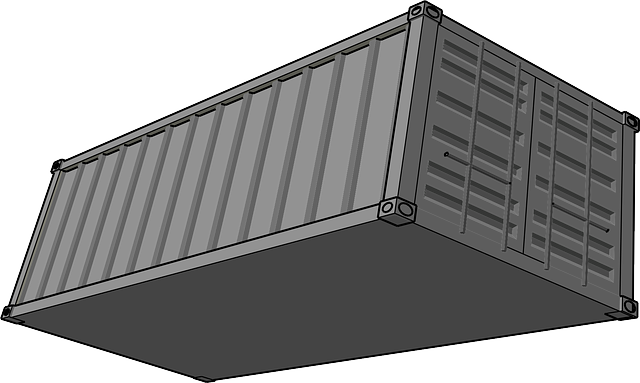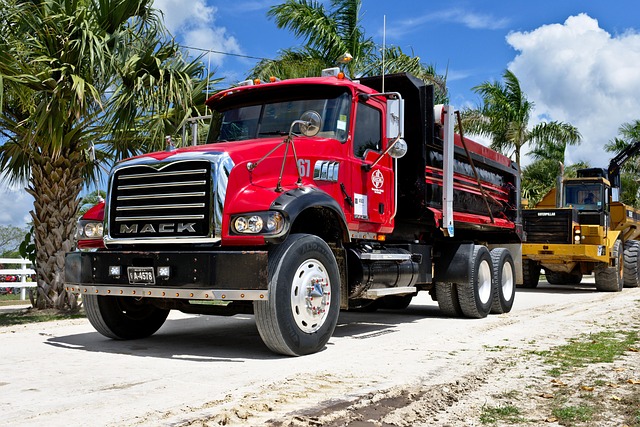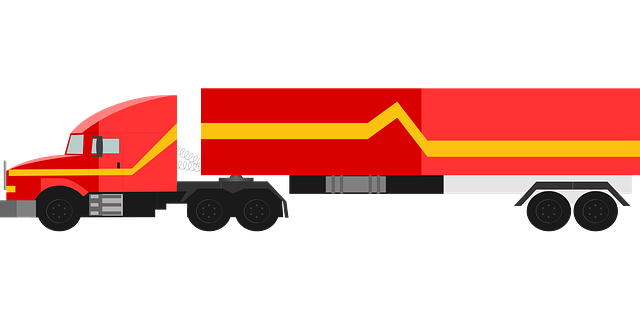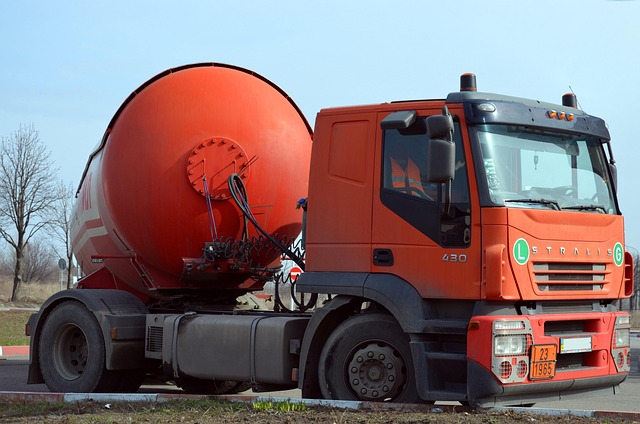Physical damage policies are crucial for owner-operators to protect their businesses from tangible losses due to accidents, disasters, or vandalism. To choose the right coverage, they must identify risks, compare quotes from multiple insurers, and understand policy terms like deductibles and exclusions. This proactive approach ensures tailored, comprehensive insurance plans that include necessary physical damage protection, offering peace of mind and facilitating efficient claim management.
Empowering owner-operators to navigate the insurance landscape is crucial for business success. This comprehensive guide dives into the essentials of understanding and maximizing physical damage policies, a cornerstone of any robust risk management strategy. From decoding policy basics to identifying specific business needs, shopping for coverage effectively, and navigating claims processes, this article equips you with the knowledge to confidently manage your business’s insurance requirements.
Understanding Physical Damage Policies: Decoding the Basics

Physical damage policies are a vital component for owner-operators looking to protect their business and assets. Understanding these policies is key to navigating the insurance landscape confidently. At their core, physical damage policies cover losses or damages to tangible property, such as vehicles, equipment, and buildings. This includes instances like accidents, natural disasters, or vandalism, providing financial relief when unexpected events occur.
Decoding these policies involves familiarizing yourself with terms like deductibles (the amount you pay out-of-pocket before insurance kicks in), coverage limits (maximum amounts the policy will pay), and exclusions (circumstances not covered under the policy). By grasping these fundamentals, owner-operators can make informed decisions when selecting a physical damage policy that aligns with their specific business needs.
Identifying Risks: Assessing Your Business Needs

Identifying risks is a crucial step for owner-operators aiming to confidently navigate the insurance landscape. It involves assessing your business’s unique needs and potential hazards. Start by evaluating everyday operations, considering scenarios that could lead to physical damage to property, equipment, or vehicles. These might include accidents, natural disasters, or even simple human error.
Understanding these risks is key to tailoring an effective insurance plan. Owner-operators should consider the value of their assets, the potential financial impact of each risk, and any legal liabilities associated with their operations. By carefully examining these factors, they can make informed decisions when selecting physical damage policies that offer adequate coverage for their specific circumstances.
Shopping for Coverage: Strategies for Owner-Operators

Shopping for coverage can be a daunting task, especially for those new to business ownership. Owner-operators must understand that their needs differ from larger corporations, focusing on tailored policies that address specific risks unique to their trade. One key strategy is to compare quotes from multiple insurers, ensuring they offer comprehensive protection, including physical damage policies, which safeguard against unexpected events like accidents or natural disasters.
Researching and understanding different policy types empowers owner-operators to make informed choices. It’s beneficial to review options for liability coverage, property insurance, and specialized policies relevant to their industry. By taking the time to assess these offerings, they can identify affordable solutions that provide peace of mind and financial protection, enabling them to confidently navigate an often complex insurance landscape.
Maximizing Benefits: Navigating Claims and Support Services

Empowering owner-operators to confidently navigate the insurance landscape involves equipping them with knowledge about maximizing benefits under their physical damage policies. Physical damage policies are designed to protect against financial losses stemming from accidents, natural disasters, or other unforeseen events that can damage business property and assets. When navigating claims, owner-operators should be familiar with the policy’s terms, conditions, and deductibles. Understanding these aspects helps in making informed decisions during claim submission, ensuring they receive adequate compensation for eligible expenses.
Support services offered by insurance providers can also play a pivotal role in easing the process. Many policies include assistance hotlines, legal advice, and expert guidance on rebuilding or repairing damaged assets. Utilizing these resources not only streamlines the claims process but also provides owner-operators with peace of mind, allowing them to focus on recovery and continuation of their operations. By leveraging policy benefits and support services effectively, business owners can confidently navigate challenging situations, ensuring their interests are protected.
Empowering owner-operators to confidently navigate the insurance landscape involves equipping them with knowledge about physical damage policies, risk assessment, coverage shopping strategies, and claims management. By understanding these key aspects, business owners can make informed decisions, select appropriate coverage, and maximize benefits when faced with unexpected events. This article has provided a roadmap for navigating the complex world of insurance, ensuring owner-operators can protect their investments and focus on growing their businesses.
